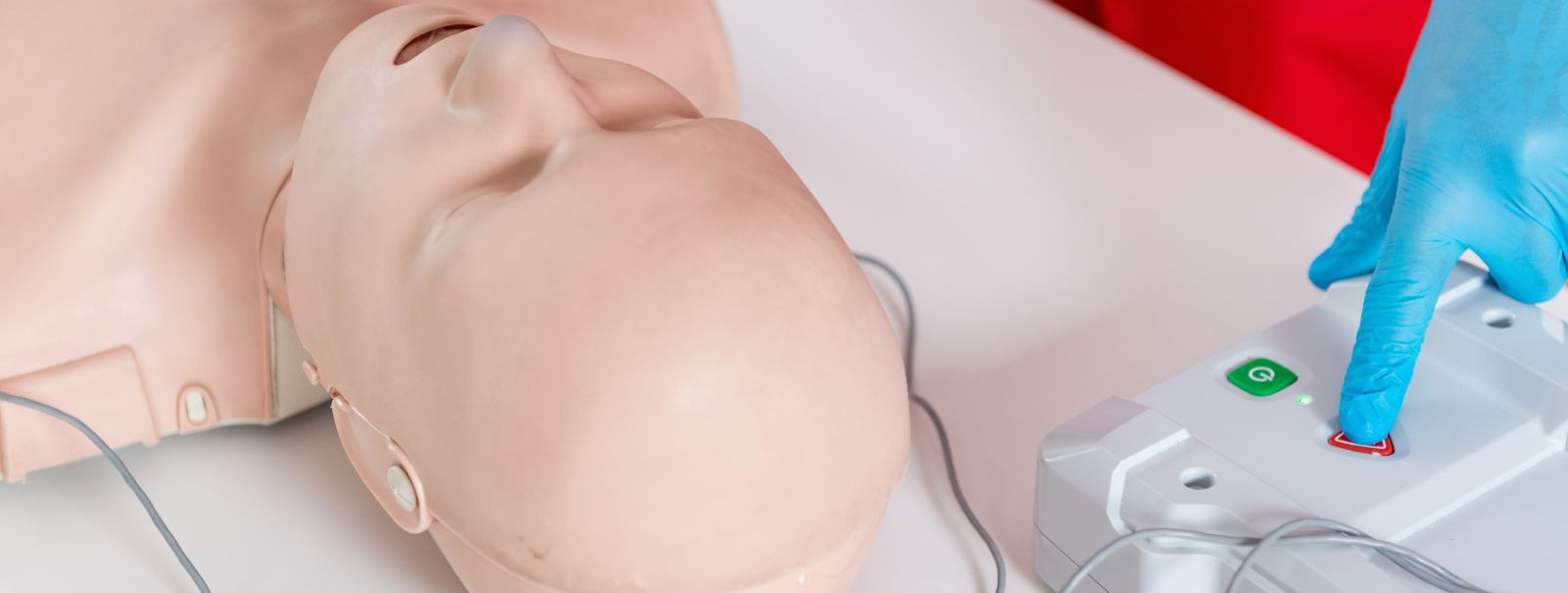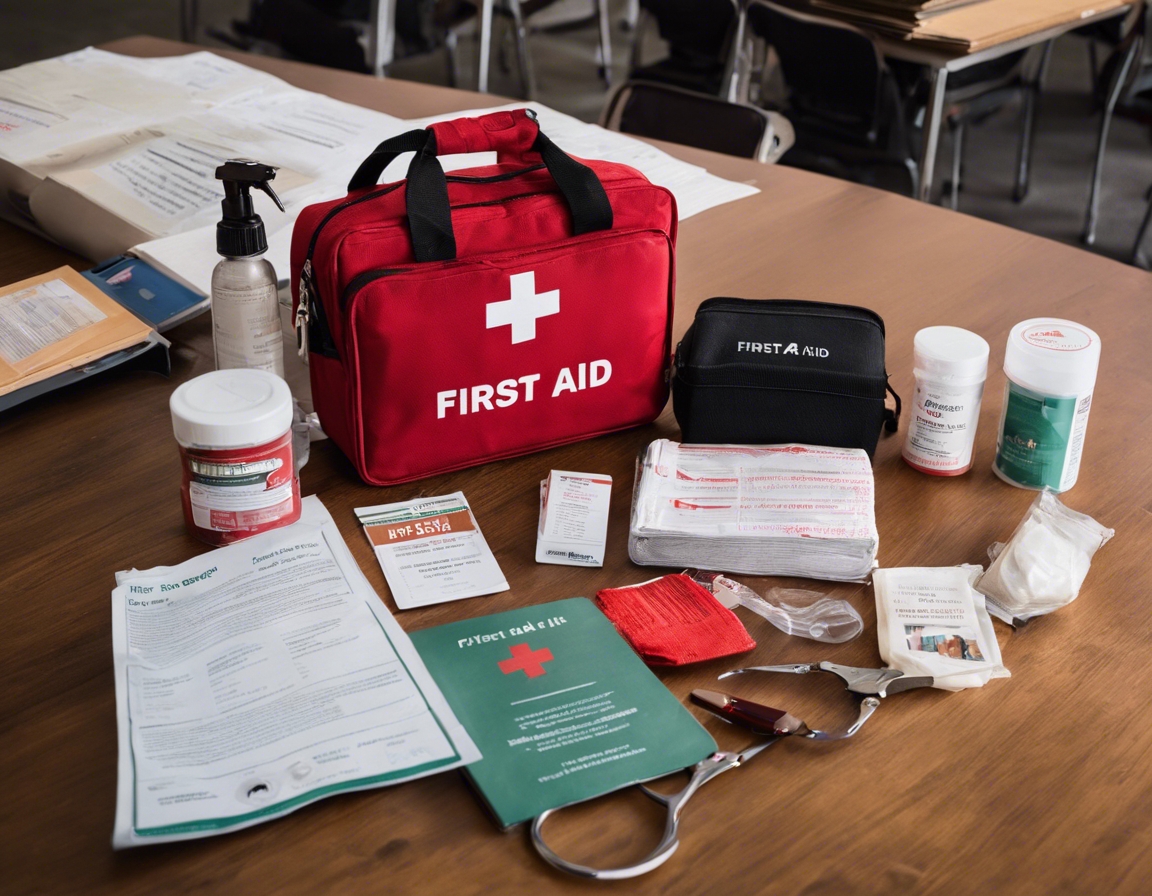Why first aid training is crucial for every driver
Driving is a responsibility that extends beyond the operation of a vehicle. It encompasses the well-being of the driver, passengers, and other road users. First aid training equips drivers with the skills necessary to respond effectively to emergencies, potentially saving lives and reducing the impact of injuries.
Road traffic accidents are a leading cause of death and injury worldwide. According to the World Health Organization, approximately 1.35 million people die each year as a result of road traffic crashes. These statistics underscore the need for drivers to be prepared for any eventuality on the road.
Understanding First Aid Training
First aid training is the instruction in basic medical procedures that can be performed by a layperson with minimal equipment. It is designed to provide immediate care to an injured or ill person until professional medical help arrives.
A standard first aid course typically covers a range of topics, including but not limited to: CPR (Cardiopulmonary Resuscitation), wound care, managing shock, dealing with fractures and sprains, and recognizing signs of serious health conditions like stroke or heart attack.
The Benefits of First Aid Training for Drivers
First aid training gives drivers the confidence and competence to act in a crisis. Knowing how to administer CPR, control bleeding, or stabilize a neck injury can be the difference between life and death while waiting for emergency services.
Immediate first aid can prevent injuries from worsening. For example, properly immobilizing a broken limb can prevent further damage to muscles, nerves, and blood vessels.
Drivers who are trained in first aid are more likely to remain calm and focused in an emergency, reducing the risk of panic-induced accidents and ensuring a safer environment for everyone involved.
Real-Life Scenarios Where First Aid Can Make a Difference
In the event of a collision, first aid training enables drivers to assess the situation, provide care to the injured, and secure the scene to prevent further accidents.
Drivers may encounter or experience medical emergencies such as heart attacks or allergic reactions. First aid training prepares them to manage these situations effectively until professional help arrives.
First aid skills are not only useful for car occupants but also for assisting pedestrians, cyclists, and motorcyclists in distress.
First Aid Training as Part of Driver Education
Integrating first aid training into the driver's license process ensures that new drivers have the necessary skills to handle road emergencies from the start of their driving careers.
Some regions have made first aid training mandatory for obtaining a driver's license. Even where it is not legally required, it is highly recommended for the safety of all road users.
Choosing the Right First Aid Course
It is crucial to choose a first aid course provided by a recognized and accredited organization to ensure the training is comprehensive and up-to-date.
Some first aid courses offer content specifically tailored to the needs of drivers, focusing on scenarios and injuries most likely to occur on the road.





Comments (0)